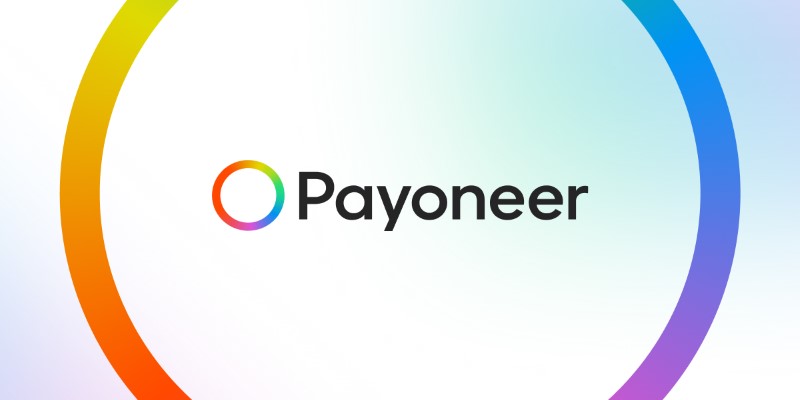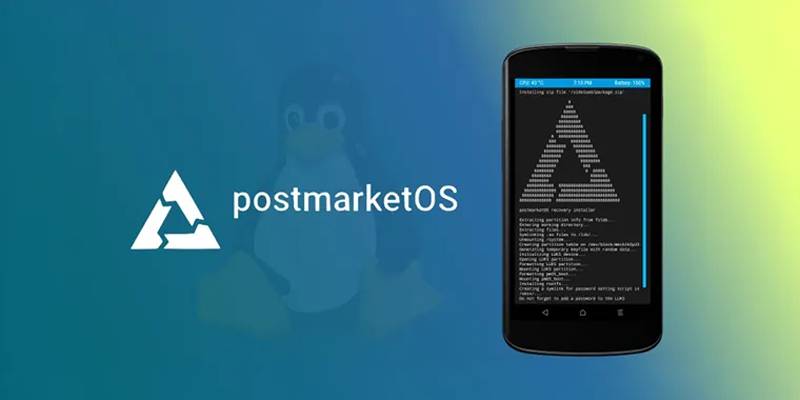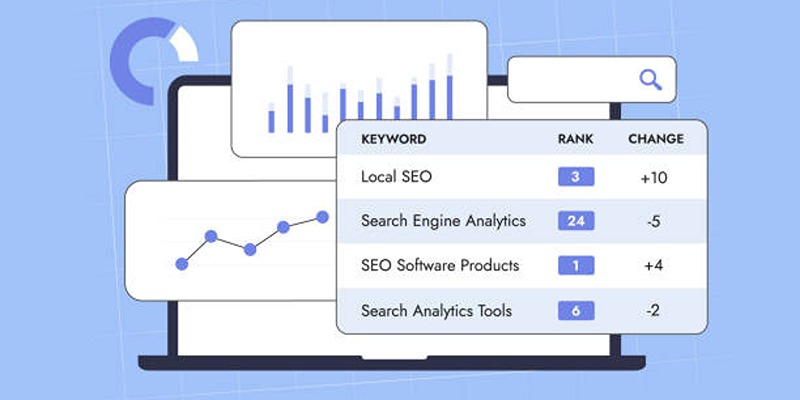The 5 Best PayPal Alternatives for Businesses in 2025 to Streamline Payments
Advertisement
PayPal has been a familiar name for years. It’s one of the first services that made sending and receiving money online feel simple. But just because something is well-known doesn’t always mean it’s the best option. Over time, business needs have grown, and not every company finds PayPal to be the right fit anymore—be it for fees, limited customization, or customer service issues. So, if you’ve been wondering what else is out there, you're not alone. Plenty of businesses in 2025 are looking elsewhere, and some of the options available now are worth a second look. Let's take a look at five viable alternatives that companies are seeking this year—and what sets them apart.
The 5 Best Alternatives to PayPal for Businesses in 2025
Stripe

Stripe has earned a strong reputation with businesses that want more control over their payment setup. And it’s not just for tech startups anymore. From small shops to mid-sized companies, Stripe is showing up more often in payment systems for a reason.
The biggest pull is how customizable it is. If you’ve got a developer on your team—or work with one—Stripe’s API can help you build out a system that looks and feels exactly how you want it. There’s also support for subscriptions, recurring billing, and mobile payments.
Stripe’s fees are fairly close to PayPal’s, but what businesses seem to like more is the transparency. There are fewer surprise charges, and the dashboard is easier to understand. So, if your business needs a system that works the way you do—not the other way around—Stripe is probably worth considering.
Square
Square started as that little white reader people used to plug into their phones. But now, it's far more than a handy gadget for street vendors. In 2025, Square will be one of the more well-rounded solutions for businesses that handle both online and in-person sales.
One thing Square does well is simplicity. It comes with tools for inventory, receipts, taxes, and customer tracking—all built in. You don’t have to patch together a bunch of services. And if you’re running a shop or a café, the hardware options are solid. They’ve even added features for online bookings and digital gift cards, which are becoming more common these days.
What makes Square especially attractive for smaller businesses is that there’s no monthly fee for the basic plan. You only pay a small cut per transaction. That setup takes away some pressure, especially if your sales fluctuate during the year.
Wise (Formerly TransferWise)
For companies that work across borders—or just have international clients—Wise has made a name for itself. And it’s easy to see why. The service was built to handle global payments with minimal friction and without overcharging users with marked-up currency exchange rates.
Unlike PayPal, Wise uses real exchange rates and shows the fees upfront. That clarity has made it a go-to for freelancers, agencies, and businesses that don’t want to lose money each time they get paid in another currency.
Wise doesn’t have the full suite of tools that something like Stripe or Square offers, but it’s extremely good at one thing: making international payments cost-effective. So, if that’s a big part of your business, Wise is definitely worth a closer look.
Revolut Business
Revolut started as a personal finance app, but the business version has grown into something more practical for companies in recent years. In 2025, it’s especially useful for startups and small teams that need a banking-style platform with more flexibility.
With Revolut Business, you get multi-currency accounts, instant payment notifications, corporate cards, and even expense management tools. There’s also the option to pay invoices, schedule transfers, and automate routine payments.
One advantage is how fast you can set it up. You don’t need to jump through hoops to open an account. The interface is straightforward, and you can keep track of your funds from both mobile and desktop without getting lost in tabs.
There are paid tiers, depending on how many features you need, but the free version still includes essentials that many smaller businesses can work with.
Payoneer

Payoneer has quietly become a favorite for global freelancers and digital sellers. But now it’s starting to pick up more attention from e-commerce businesses and agencies, especially those selling on platforms like Amazon or working with overseas vendors.
It works like a hybrid between a payment processor and a digital bank. You can accept payments from marketplaces, clients, and networks—then use the balance to pay suppliers, employees, or yourself. The big benefit is that you avoid excessive fees by keeping the money in the system.
Payoneer supports multiple currencies and offers localized receiving accounts, so international clients can pay you like a local. That alone makes it more practical than PayPal for certain markets.
And for those who need to withdraw funds to a local bank, the rates are often better than what PayPal would offer—especially if you're dealing in higher amounts.
Final Thoughts
While PayPal still works for plenty of businesses, it’s no longer the only show in town. The past few years have brought more attention to fees, support quality, and customization—and that’s pushed other platforms to step up.
If you’ve been using PayPal simply because it’s what you’ve always used, maybe it’s time to check out what else is out there. You might find something better suited to the way your business works in 2025. After all, if there’s a tool that helps you keep more of your money, save time, or offer a smoother checkout experience to your customers—why not take it seriously?
Switching could be the smartest move you make this year.
Advertisement
Related Articles

The Best Large Language Models in 2025 That Are Changing How We Work

Slack vs. Discord: Choosing the Right Tool for Your Workspace

The 8 Best AI Sales Assistant Software in 2025 to Boost Your Pipeline

Top ActiveCampaign Alternatives to Try in 2025 for Smoother Workflows

March postmarketOS Update Brings GNOME 48 and COSMIC Integration

The Best AI Chatbots in 2025 to Power Conversations and Save Time

Copilot Adds WhatsApp Image Messaging to Boost Visual Workflows

Slack vs. Teams: Which Should Your Business Use for Better Collaboration

The Ultimate Guide to Linking Google Forms with Google Docs Templates

Smartsheet vs. Asana: Which Project Management App is Right for You

Dropbox vs. Google Drive: Which Cloud Storage Solution Fits Your Needs

 lameuplay
lameuplay